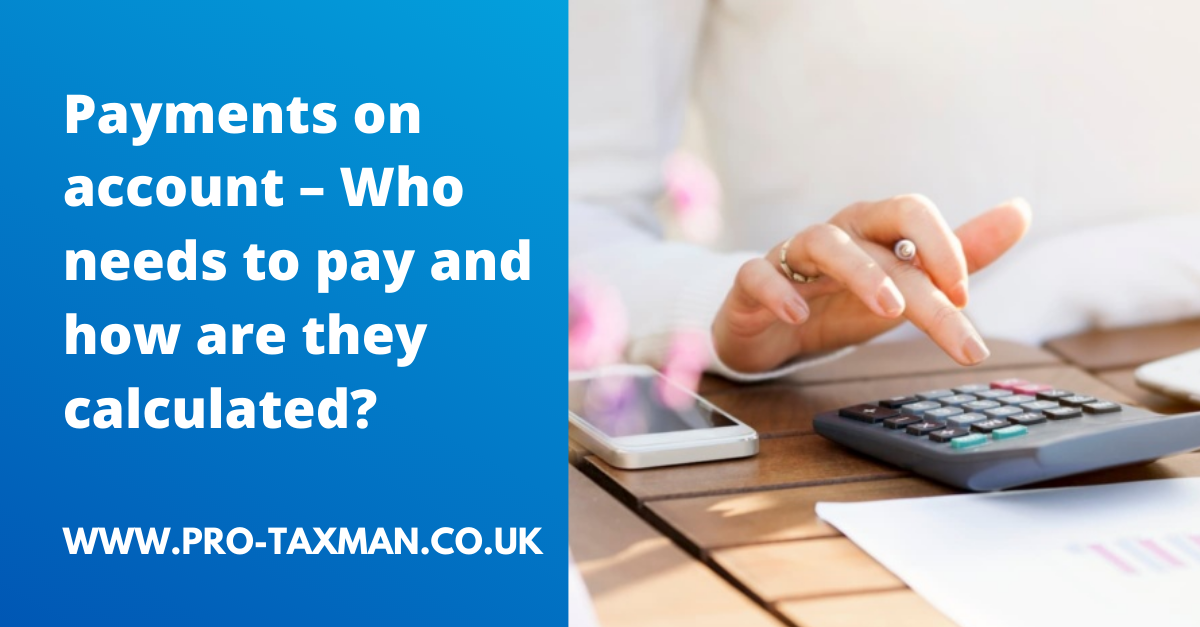The self-assessment tax return for 2020/21 must be filed online by midnight on 31 January
2022 if a late filing penalty is to be avoided. The exception to this is where a notice to file a
return for 2020/21 was issued after 31 October 2021, in which case the filing deadline is
three months from the date on which the notice to file was issued.
Any remaining tax and National Insurance for 2020/21 must also be paid by midnight on 31
January 2022. This is also the deadline for making the first payment on account of the
2021/22 liability.
Requirement to make payments on account
You will need to make payments on account for 2021/22 if your tax and Class 4 National
Insurance liability for 2020/21 was at least £1,000, unless you paid at least 80% of what you
owe under deduction at source, for example, under PAYE.
Calculating the payment on account
When calculating your payments on account for 2021/22, the starting point is your tax and
Class 4 National Insurance liability for 2020/21. It is assumed that the liability remains
roughly constant year on year. Consequently, the payments made on account will collect an
amount equal to the previous year’s liability.
Each payment on account is 50% of the previous year’s tax and Class 4 National Insurance
liability. Class 2 National Insurance contributions are not taken into account in working out
payments on account.
Payments on account are due by 31 January in the tax year and by 31 July after the tax
year; 2021/22 payments on account must be paid by 31 January 2022 and 31 July 2022.
Where the eventual liability is more than that paid on account, the balance must be paid by
31 January after the end of the tax year, together with any Class 2 National Insurance due
for the year. If the liability has fallen, the excess can be offset against future liabilities (for
example, payments on account for the following year) or, where this is not possible,
refunded.
Option to reduce payments on account
If you think that your liability for 2021/22 will be lower than for 2020/21, you can opt to
reduce your payments on account. This may be the case if, for example, you have lost a key
customer or are struggling to recruit staff or secure supplies.
There are various ways in which you can tell HMRC that you want to reduce your payments
on account. This can be done by signing into your online personal tax account and using the
‘reduce payments on account’ option or by completing form SA303 and sending it to HMRC.
You can also tell HMRC that you want to reduce your payments on account in the ‘other
information’ box on the self-assessment tax return. You will need to specify what you want to
pay and the reason for the reduction.
However, beware of reducing the payments on accounts below that which you will eventually
owe – while this may help your cash flow temporarily, you will be charged interest on the
difference between what you should have paid and what you have paid.
Need professional accounting service or accounting advice? Contact us to book a 15-min Free Consultation with us today.
To find out more please follow us on Facebook, Twitter, or LinkedIn. Feel free to contact us on 0333 006 4847 or request a call back by texting 075 6464 7474

